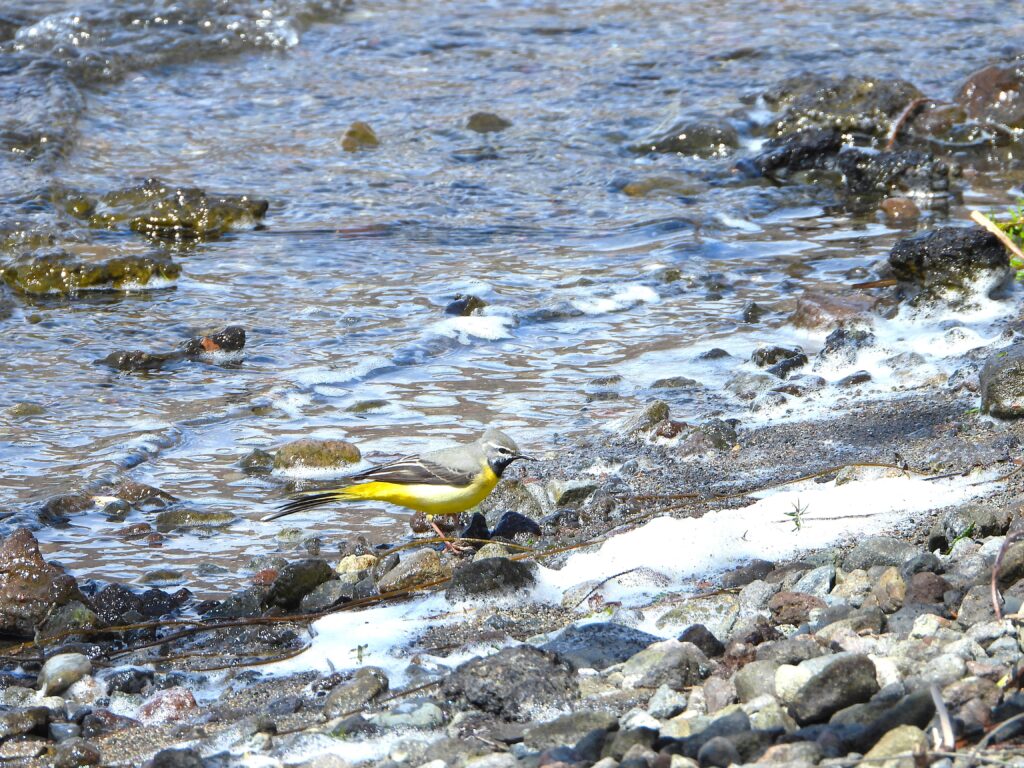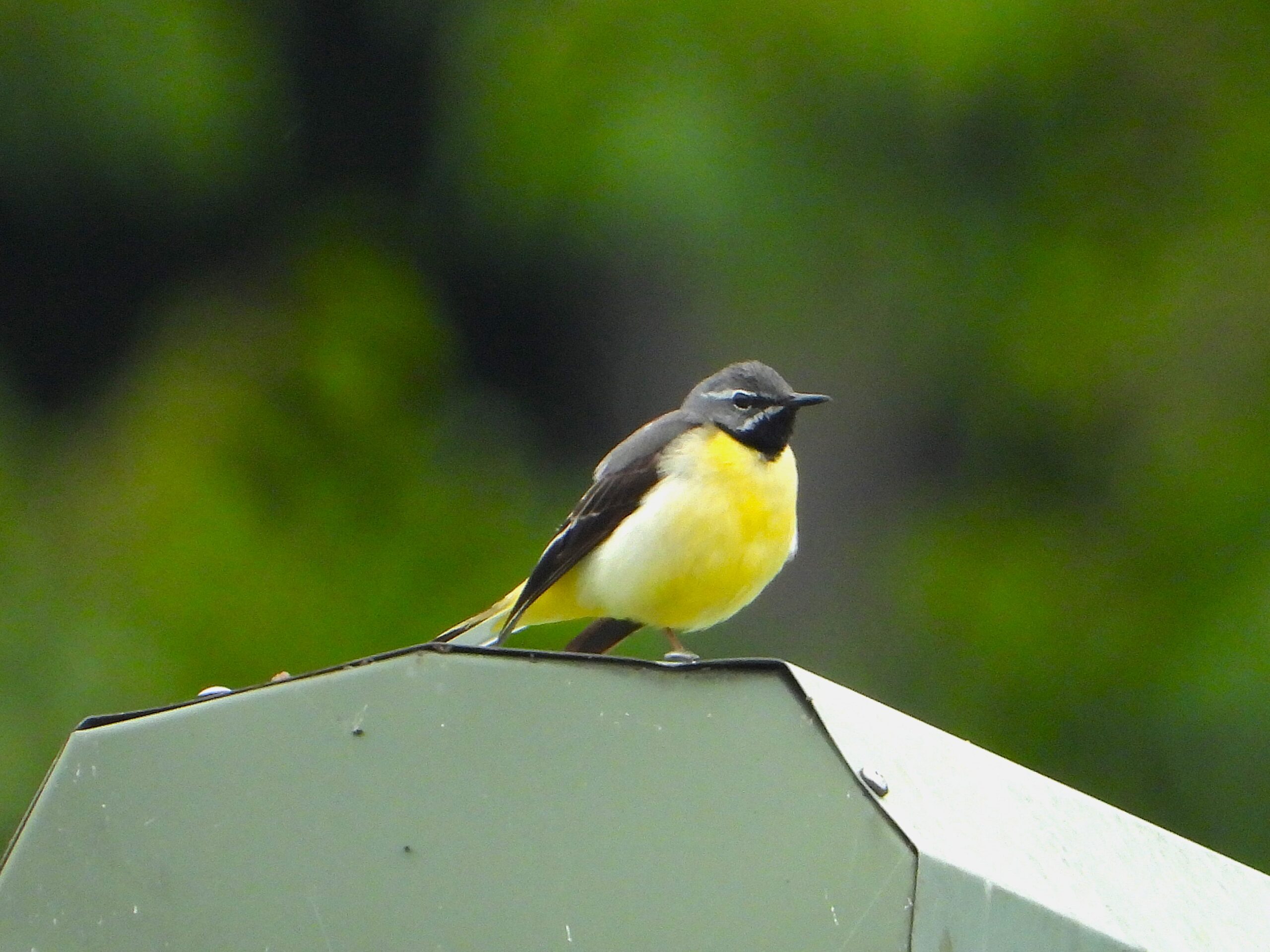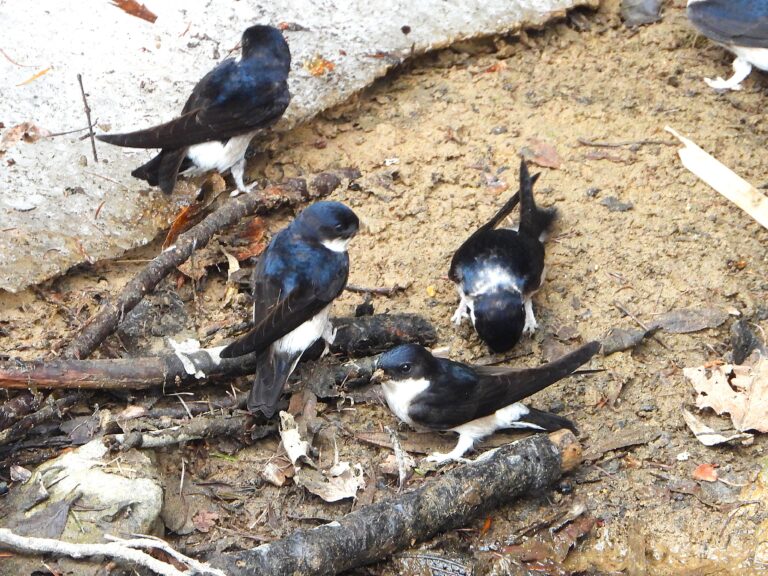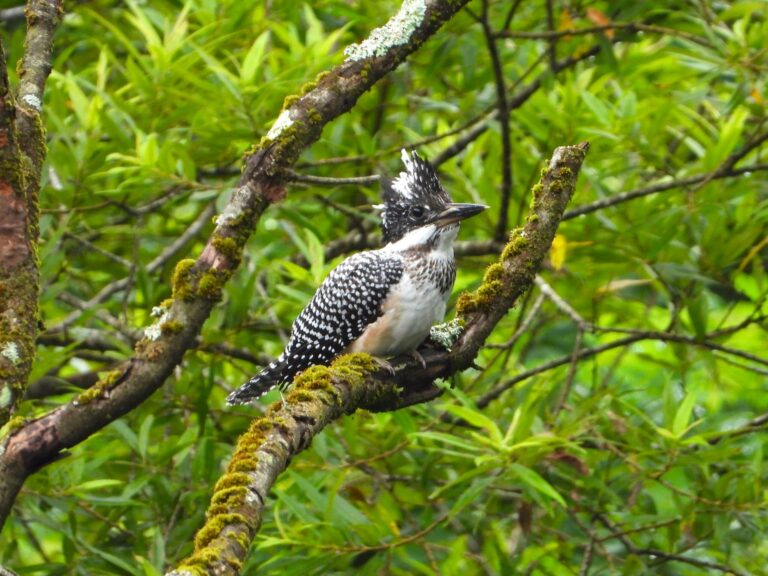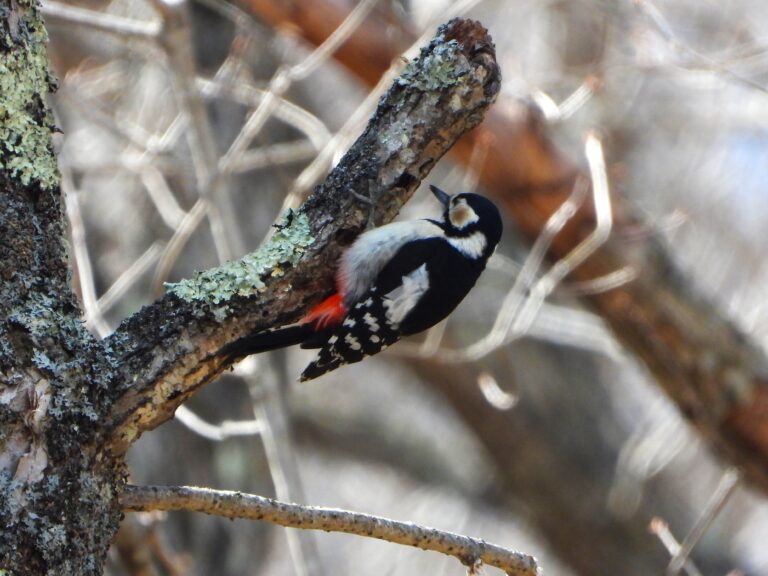Grey Wagtail (Motacilla cinerea) – Wildlife of Japan
Introduction
The Grey Wagtail is a slender, long-tailed bird often seen along Japan’s clear rivers and mountain streams. It is one of the few wagtails that prefer flowing water, constantly bobbing its tail while searching for insects among stones and riffles. Its combination of grey upperparts and bright yellow underparts makes it unmistakable.
Appearance
Adults have grey upperparts, a whitish eyebrow, and a bright yellow belly and vent. Breeding males display a black throat bordered by pale moustachial lines, while females and non-breeding birds show a pale throat. The body length is about 18–20 cm, and its flight is low and undulating.
Habitat & Distribution
The Grey Wagtail breeds along fast-flowing rivers and streams across the Palearctic region and winters further south to Africa and Asia. It uses rocks, roots, and bridges for nesting.
In Japan, it is mainly found from Kyushu northward, breeding along mountain and foothill streams. Some individuals move to lower altitudes or urban rivers during winter.
Where to See in Japan
Look for Grey Wagtails along clear, stony rivers and small mountain streams. In winter, they are also common at urban waterways, parks, and lakeshores. Patiently waiting near riffles or small waterfalls often rewards the observer.
Behavior
This species feeds by walking along the water’s edge or making short flights to catch insects. It frequently wags its tail and gives a sharp, high-pitched call, especially when flying. During the breeding season, pairs defend territories along streams.
Diet
The diet consists mainly of aquatic and aerial insects such as mayflies, stoneflies, and midges, taken from the water surface, rocks, or in flight. Their dependence on running water is closely linked to these insect populations.
Reproduction
Breeding occurs from spring through early summer. Nests are built near running water—among roots, stones, or in cavities of banks and bridges. Typical clutch size is 3–6 eggs, and some pairs raise two broods per year.
Conservation
The Grey Wagtail is listed as Least Concern (LC) by the IUCN. However, degradation of river habitats—through pollution or concrete channelization—can locally affect populations. Maintaining clean, natural streams is key to its conservation.
Author’s Impression
When walking along mountain streams, you can often spot Grey Wagtails flying along the river while calling. Among Japan’s yellow-colored birds, it is one of the easiest to encounter.
